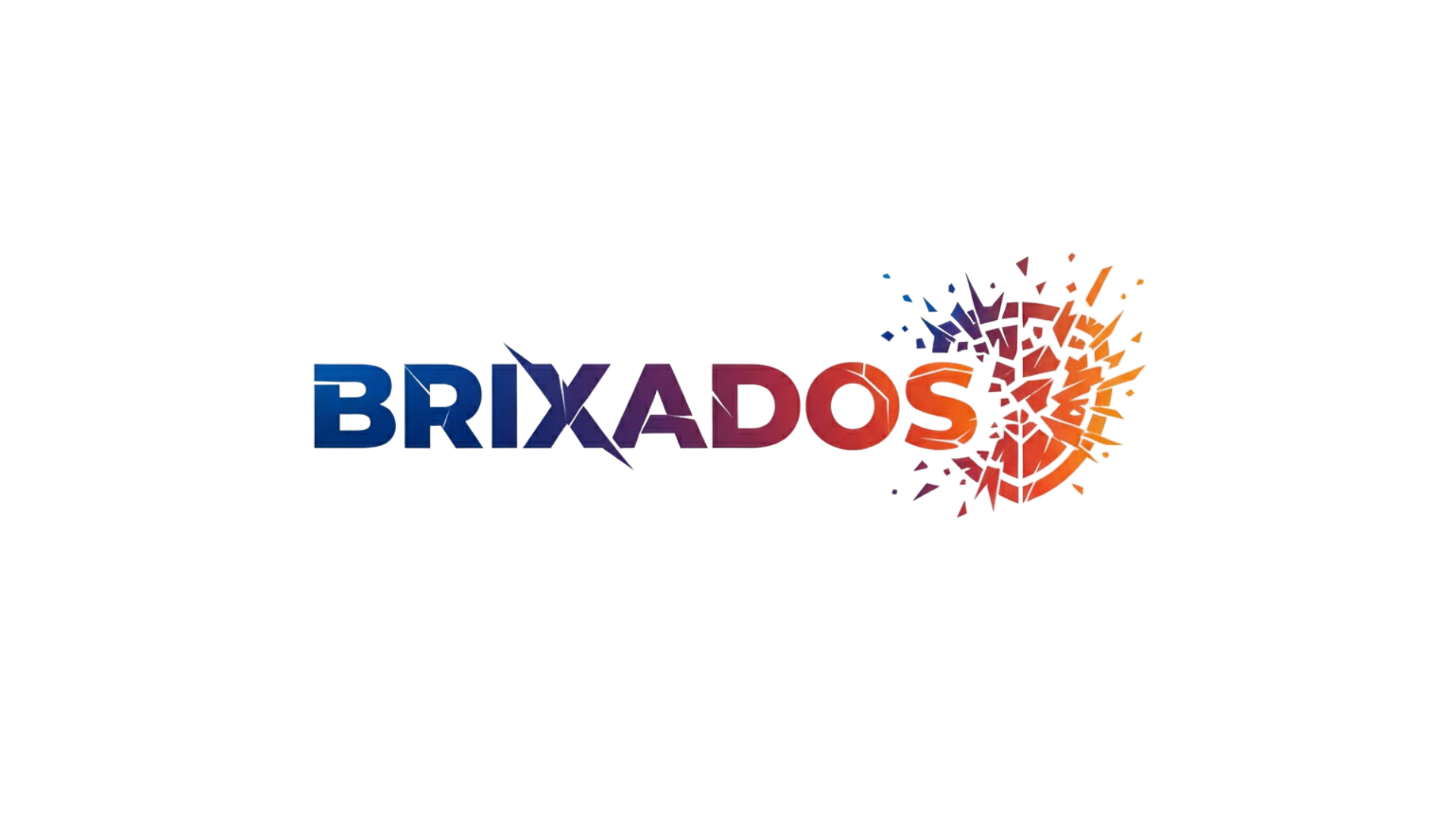The concept of mythic time and the eternal return invites us to explore how ancient civilizations understood existence beyond linear progression, revealing patterns that continue to influence modern consciousness.
🌀 Understanding the Foundations of Mythic Time
Mythic time represents a radical departure from our contemporary understanding of temporal progression. Unlike the linear, clock-driven reality we inhabit today, mythic time operates on principles of cyclical recurrence, where moments exist not as fleeting instances but as eternal patterns accessible across generations. This concept, deeply embedded in ancient cultures worldwide, suggests that certain events transcend chronological boundaries, recurring in endless cycles that connect past, present, and future.
Ancient peoples experienced time as a living, breathing entity rather than an abstract measurement. For the indigenous Australians, the Dreamtime represents a perpetual present where ancestral beings continue their creative work. Similarly, the Hindu concept of Yugas describes vast cosmic cycles spanning millions of years, within which civilizations rise and fall in predictable patterns. These frameworks provided not merely calendars but comprehensive worldviews that shaped how entire societies understood their place in the cosmos.
The distinction between profane time and sacred time forms a crucial element of mythic consciousness. Profane time encompasses everyday activities—the mundane routines of survival and maintenance. Sacred time, however, breaks through this ordinary existence during rituals, ceremonies, and festivals. In these moments, participants believed they stepped outside linear progression entirely, connecting directly with primordial events that occurred “in illo tempore”—in that time—when gods and ancestors first shaped reality.
The Philosophical Architecture of Eternal Return
The eternal return concept gained particular philosophical sophistication through thinkers who recognized its profound implications for meaning and existence. Friedrich Nietzsche famously proposed eternal recurrence as both a cosmological theory and an ethical thought experiment. His formulation challenged individuals to live as though every action would repeat infinitely across time, transforming ethical considerations from external commandments to internal authenticity.
Nietzsche’s eternal return differs significantly from traditional cyclical cosmologies. Rather than suggesting literal repetition of identical events, his concept serves as an existential test: could you affirm your life completely, embracing every joy and suffering, if you knew it would recur eternally? This reframing transforms temporal philosophy into a radical acceptance of existence, demanding we find meaning not in transcendent destinations but in the intrinsic value of lived experience.
The ancient Stoics approached similar territory through their concept of ekpyrosis—the periodic conflagration and renewal of the cosmos. They believed the universe undergoes endless cycles of destruction and rebirth, with each iteration unfolding identically to the last. This cosmic determinism fostered a philosophical stance emphasizing virtue, acceptance, and living according to nature, since individual choices ultimately participate in an eternal pattern beyond personal control.
Contrasting Linear and Cyclical Temporalities
The shift from cyclical to linear time consciousness represents one of history’s most significant cognitive transformations. Linear temporality, dominant in Western thought since the Judeo-Christian tradition established historical progression toward eschatological fulfillment, conceptualizes time as an arrow moving from creation through redemption toward final judgment. This framework fundamentally altered how societies understood progress, innovation, and individual purpose.
Cyclical time, conversely, emphasizes return, renewal, and the recognition of patterns. Agricultural societies naturally developed cyclical consciousness through observing seasonal rhythms—planting, growth, harvest, dormancy, and renewal. These patterns extended beyond farming into comprehensive worldviews where political dynasties, moral orders, and cosmic ages all participated in grand cycles of emergence and dissolution.
The tension between these temporal frameworks continues shaping contemporary discourse. Modern progress narratives inherit linear temporality’s forward momentum, yet ecological awareness and systems thinking increasingly recognize cyclical patterns in natural systems. This synthesis suggests the possibility of integrating both temporal modes—acknowledging directional development while respecting recurring patterns that resist simple progression.
⏳ Sacred Rituals as Temporal Portals
Ritual practices across cultures function as technologies for accessing mythic time. When a priest reenacts a creation myth or a community celebrates a seasonal festival, participants understand themselves as doing more than commemorating past events. They believe they participate in those primordial moments, collapsing temporal distance through symbolic action that makes ancient reality present and accessible.
The Catholic Mass exemplifies this principle within Western tradition. During the Eucharistic prayer, the liturgy doesn’t merely remember the Last Supper but claims to make Christ’s sacrifice present across time. Participants believe they stand simultaneously in their contemporary moment and at the founding event of their faith, experiencing a mystical simultaneity that transcends chronological sequence.
Indigenous ceremonies worldwide employ similar temporal mechanics. The Hopi Snake Dance doesn’t symbolically represent the relationship between humans, serpents, and rain—it actively participates in maintaining that cosmic balance. The dancers enter mythic time where their actions carry the same weight and significance as when the ceremony was first established by supernatural beings at the beginning of the world.
The Role of Myth in Temporal Consciousness
Myths function as narrative structures that encode and transmit mythic time consciousness. Unlike historical accounts that describe specific sequential events, myths present patterns, archetypes, and eternal truths that remain perpetually relevant. The hero’s journey, for instance, doesn’t describe one person’s adventure but rather an archetypal pattern that individuals in every generation can recognize and experience in their own lives.
Joseph Campbell’s work illuminated how mythic narratives across cultures share fundamental structures despite vast geographical and temporal distances. This universality suggests that myths express something essential about human consciousness itself—patterns of transformation, initiation, death, and rebirth that transcend particular historical circumstances. By engaging with these stories, individuals connect with timeless wisdom that has guided humans through existential challenges since our species developed narrative capacity.
The psychological dimension of mythic time gained significant attention through Carl Jung’s concept of archetypes and the collective unconscious. Jung proposed that certain images, symbols, and narrative patterns arise spontaneously across cultures because they express fundamental structures of the human psyche. Engaging with these archetypal patterns through myth, dream, and imagination allows individuals to access timeless wisdom encoded in the collective human experience.
🔄 Cosmic Cycles in Ancient Cosmologies
Ancient civilizations developed sophisticated cosmological systems describing vast temporal cycles within which human history unfolds. The Maya, renowned for their astronomical precision, conceived time as interlocking wheels of different durations—the 260-day tzolkin, the 365-day haab, and the 5,125-year long count. These cycles intersected in complex patterns, creating a temporal tapestry where particular combinations of dates carried specific meanings and influences.
The Hindu tradition presents perhaps the most elaborate cyclical cosmology through its doctrine of Yugas. According to this system, the cosmos progresses through four ages—Satya Yuga (golden age), Treta Yuga, Dvapara Yuga, and Kali Yuga (iron age)—each witnessing progressive moral and spiritual decline. After the Kali Yuga concludes, the cycle begins anew with another Satya Yuga. These vast periods, spanning hundreds of thousands or millions of years, dwarf human historical consciousness while providing a framework for understanding civilizational rise and fall.
Buddhist cosmology similarly describes endless cycles of world creation and destruction. Each kalpa represents an incomprehensibly vast period during which a universe emerges, evolves, decays, and dissolves before the process begins again. This infinite repetition emphasizes the fundamental Buddhist teaching of impermanence while simultaneously suggesting that certain patterns—particularly the potential for enlightenment—transcend individual cosmic cycles.
The Precession and Astronomical Foundations
Many cyclical cosmologies connect with astronomical phenomena observable across centuries. The precession of the equinoxes—the slow wobble of Earth’s rotational axis completing one cycle approximately every 26,000 years—creates the movement of the zodiacal ages. This astronomical reality provided ancient observers with empirical evidence for vast temporal cycles, inspiring cosmological systems that integrated celestial mechanics with mythological meaning.
The Greek concept of the Great Year, popularized by Plato, suggested that when all celestial bodies return to their original configuration, time itself completes a cycle and begins anew. This notion influenced Western esoteric traditions for millennia, providing a cosmological framework for understanding historical patterns and predicting future developments based on celestial positions.
🌍 Cross-Cultural Expressions of Eternal Return
The eternal return manifests distinctively across different cultural contexts, revealing both universal patterns and unique variations. In Norse mythology, Ragnarök represents the apocalyptic destruction of gods and world, yet the surviving texts suggest that after this cosmic catastrophe, the world emerges anew with two human survivors repopulating the earth. This cycle of destruction and renewal mirrors agricultural rhythms while addressing existential questions about meaning in the face of inevitable endings.
Chinese philosophy approaches cyclical time through the I Ching, or Book of Changes, which presents reality as constantly transforming yet following recognizable patterns. The 64 hexagrams represent archetypal situations that recur throughout human experience. By consulting this oracle, practitioners seek to identify which pattern currently manifests, gaining wisdom about appropriate action within that particular phase of the eternal cycle.
African traditional religions frequently incorporate cyclical temporality through ancestor veneration practices. The living and the dead maintain continuous reciprocal relationships, with ancestors influencing present circumstances while depending on ritual maintenance from descendants. This creates a temporal loop where past and present interpenetrate, and the boundary between them remains permeable rather than absolute.
💫 Modern Encounters with Timeless Wisdom
Contemporary society, despite its dominant linear time consciousness, continues experiencing the pull of cyclical temporality and mythic patterns. The rise of mindfulness practices, seasonal celebrations, and nature-based spiritualities reflects a widespread yearning to escape the tyranny of clock time and reconnect with deeper rhythms. These movements suggest that linear temporality, for all its technological and economic advantages, fails to satisfy fundamental human needs for meaning, connection, and belonging within larger patterns.
Modern physics paradoxically revived interest in cyclical cosmologies through theories suggesting the universe might undergo endless cycles of expansion and contraction. The oscillating universe model, conformal cyclic cosmology, and other theoretical frameworks propose that what we call the Big Bang might represent merely one phase in an eternal process of cosmic death and rebirth. These scientific speculations resonate surprisingly with ancient intuitions about eternal return, suggesting that cyclical temporality might describe physical reality more accurately than previously acknowledged.
Psychological research into human time perception reveals that our subjective experience of duration varies dramatically based on attention, emotion, and context. Flow states, peak experiences, and moments of profound connection often involve a sense of timelessness—stepping outside ordinary temporal progression into an eternal present. These psychological phenomena suggest that mythic time might describe not merely cultural constructions but fundamental aspects of consciousness itself.
Integration Practices for Contemporary Seekers
Individuals seeking to engage with mythic time and eternal return wisdom can adopt various practices that bridge ancient insights and contemporary life. Establishing personal rituals around natural cycles—solstices, equinoxes, lunar phases—creates opportunities to experience time as cyclical rather than merely linear. These practices need not involve elaborate ceremonies; simple acknowledgments of seasonal transitions can gradually shift temporal consciousness.
Engaging deeply with mythological narratives from diverse traditions opens channels to timeless wisdom encoded in these stories. Rather than reading myths as entertainment or curiosities, approaching them as living wisdom traditions that speak to perennial human challenges allows their transformative potential to emerge. Finding personal resonance with particular mythic patterns—the journey into the underworld, the confrontation with the shadow, the sacred marriage—provides frameworks for understanding one’s own life as participating in eternal patterns.
Contemplative practices that emphasize presence offer direct experience of the eternal now that mystics across traditions have described. Meditation, prayer, contemplative walking, and other attention-training methods can create gaps in the narrative self’s temporal construction, revealing consciousness itself as timeless awareness within which temporal experiences arise and pass.
🎭 The Psychological Dimensions of Eternal Recurrence
The eternal return carries profound psychological implications that extend beyond philosophical speculation. When individuals truly contemplate living the same life infinitely, they confront questions about authenticity, regret, and meaning with unusual intensity. This thought experiment serves as a powerful tool for identifying what genuinely matters versus what represents social conditioning, fear, or inauthenticity.
Jungian psychology recognized that psychic development involves encountering archetypal patterns that have recurred throughout human experience. Individuation, Jung’s term for psychological maturation, requires recognizing and integrating these eternal patterns rather than identifying exclusively with the temporal ego. This process involves experiencing oneself as simultaneously unique and participating in timeless human patterns—a both/and rather than either/or relationship with eternal return.
Trauma psychology reveals how unresolved experiences create personal eternal returns—compulsive repetitions of painful patterns until they’re consciously integrated. This clinical observation mirrors mythic wisdom about curses and cycles that can only be broken through heroic awareness and action. Healing involves recognizing repetitive patterns, understanding their origins, and choosing different responses that liberate from compulsive recurrence.

✨ Living Between Two Times: Synthesis and Balance
The deepest wisdom regarding mythic time and eternal return might involve neither rejecting linear temporality nor exclusively embracing cyclical consciousness, but rather developing capacity to navigate both modes appropriately. Linear time serves essential functions—planning, goal-setting, learning from sequential cause and effect, and creating meaningful narratives of personal and collective development. These capacities represent genuine achievements of human consciousness that shouldn’t be carelessly discarded.
Simultaneously, exclusive linear temporality produces pathologies increasingly evident in contemporary life—chronic stress from never enough time, disconnection from natural rhythms, obsessive future orientation that prevents presence, and the existential anxiety of racing toward death. Recovering cyclical and mythic time consciousness offers medicine for these ailments without requiring rejection of linear temporality’s genuine benefits.
The integration might involve what we could call temporal fluidity—the ability to shift between temporal modes depending on context and need. Strategic planning and project management benefit from linear temporality. Healing, connection, creativity, and spiritual depth often require cyclical consciousness that recognizes patterns and honors the eternal present. Wisdom lies not in choosing one framework but in developing flexibility to engage appropriately with different temporal modes.
Ultimately, unlocking the secrets of mythic time and eternal return provides access to wisdom that transcends particular historical moments. These concepts remind us that human existence participates in patterns larger than individual lifetimes, that meaning emerges not only from unprecedented innovation but from recognizing our place in recurring cycles, and that the present moment contains eternity when experienced with sufficient depth and awareness. This timeless wisdom continues speaking to those willing to listen, offering guidance for navigating existence that honors both change and continuity, innovation and tradition, the unique and the eternal.
Toni Santos is a myth-psychology researcher and narrative writer exploring how archetypes, symbols and human story converge to shape mind, culture and meaning. Through his studies on the collective unconscious, comparative mythology and symbolic dream interpretation, Toni examines how the myths we tell reflect the patterns we live — and how awareness of these patterns can spark transformation. Passionate about hero’s journeys, mythic motifs and dream-language, Toni focuses on how story acts as both mirror and map for inner depth and growth. His work highlights the bridges between myth, psyche and culture — guiding readers toward a deeper encounter with themselves and the stories they carry. Blending psychology, mythology and narrative theory, Toni writes about the hidden architecture of meaning — helping readers understand how symbols, stories and dreams shape experience and identity. His work is a tribute to: The power of myth to reveal the unseen structures of psyche The journey from archetype to individual lived story The art of dream-language as a path to wholeness Whether you are a storyteller, psychologist or traveller in the inner landscape, Toni Santos invites you to explore the mythic dimension of mind — one symbol, one myth, one insight at a time.




